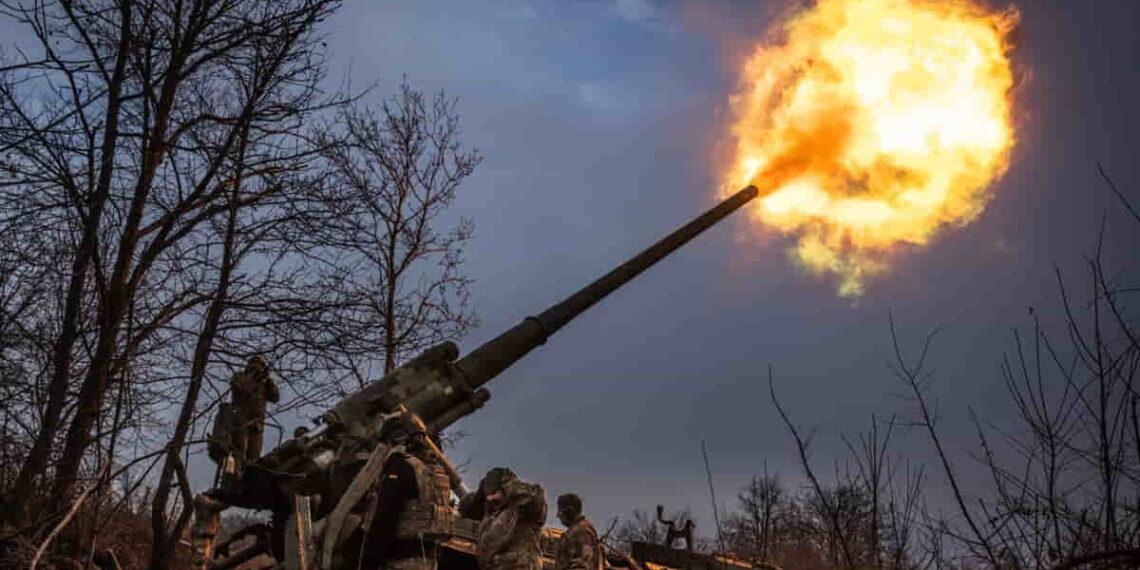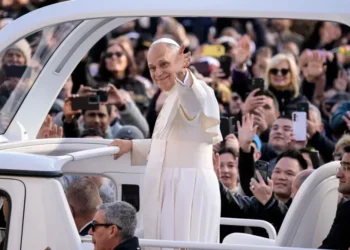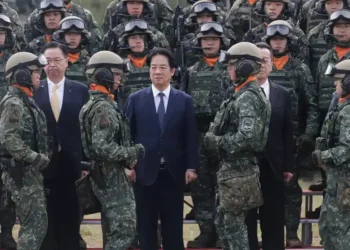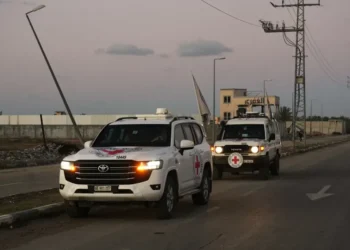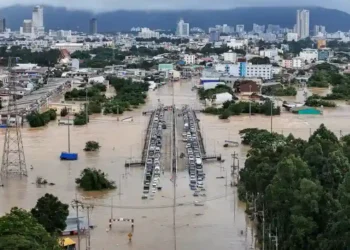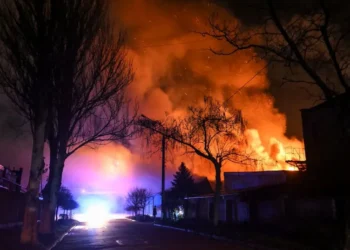Here’s a rewritten version of your article with improved readability, structure, and emphasis on key points:
‘There Is No Future’: Eastern Ukraine’s Lingering Despair Amid Ceasefire Talks
Could a Ceasefire Be a Disaster in Disguise?
As whispers of a potential ceasefire grow louder, fear and skepticism run deep across the battle-scarred landscape of eastern Ukraine. For frontline soldiers and weary civilians, the idea of peace is overshadowed by hard-earned distrust of Russia.
The key questions remain:
- Would a ceasefire truly hold, or would Russia use it to regroup and strike again?
- With Moscow gaining ground, does it even want peace?
- If diplomacy silences the guns, will Ukraine’s allies continue their military support?
For many on the ground, the answers seem grim.
The Brutal Reality on the Frontline
In a dimly lit bunker, Volodymyr Sablyn, a battalion commander in Ukraine’s 66th mechanized brigade, watches drone footage of the battlefield near Lyman. The terrain is a wasteland of frozen mud, trenches, and scattered debris. Among the wreckage, uncollected human remains—grimly referred to as “beetroot”—bear testament to the war’s relentless toll.
“If there is a ceasefire now, it will only get worse for us,” Sablyn warns. “The enemy will restore itself, form new units, regroup, and attack again.”
His fears are not unfounded. Sablyn joined the military in 2015, after Russian-backed separatists seized Debaltseve—despite an agreed truce. A decade of failed ceasefires has only served as a pause for Russia to prepare its next offensive.
Today, Kyiv faces a critical weakness: a shortage of infantry. While Ukrainian mortars rain down on Russian positions in Lyman, Moscow’s forces push south toward the strategically vital hub of Pokrovsk. If Pokrovsk falls, there will be little standing between Russian troops and major cities like Dnipro and Zaporizhzhia.
A Fading Hope: NATO Intervention?
One glimmer of hope, raised repeatedly by Ukrainian officials, is the prospect of NATO or European forces acting as peacekeepers.
A European defense official recently told CNN that “active discussions” are underway about deploying NATO troops to a demilitarized zone—an idea featured in a policy paper by U.S. President Donald Trump’s Ukraine envoy, Gen. Keith Kellogg.
Sablyn believes such an intervention would change everything.
“If NATO could send troops to Ukraine,” he says, “it would guarantee our security. Russia may claim they’re not afraid of anyone, but they fear America and NATO.”
Yet, as dusk falls over the battlefield, the risks of this idea become painfully clear. Russian drones patrol the skies, forcing Ukrainian artillery units to move only under the cover of darkness. A soldier checks his monitor, ensuring the air is clear before leading a sprint across open fields to a treeline where aged artillery guns fire relentlessly toward Russian positions.
In this war, peace is a dangerous illusion.
Civilians Caught in the Crossfire
For the civilians left behind in this endless war, hope is a luxury few can afford.
Larysa, 72, walks the ruined streets of Lyman, her gold teeth flashing against the crumbling concrete. She counts the shellings—19 strikes in a single day. “My husband keeps track, I take sleeping pills. Then he wakes me up and asks: ‘Did you count?’”
She refuses to leave the place she has called home for decades. “I ran barefoot here as a child, swam in that river. My family is buried here. I can’t leave.”
But her faith in Ukraine’s leadership is wavering. She describes the soldiers she meets in supermarkets as unkempt and criticizes Kyiv’s handling of displaced civilians. A friend’s family of seven, she says, fled to Poltava only to be housed in a stable. “At least it was clean, with some hay.”
When asked about U.S. involvement, she shrugs. “Trump, Biden—what’s the difference? I heard Biden tried to buy eastern Ukraine for his son.” The claim, a product of Russian propaganda, reflects the deep mistrust sowed by years of war.
For Larysa, only one man holds the key to peace. “Putin will decide when it’s enough. Only he can stop this.”
A War Without End
In Slovyansk, a town scarred by a decade of war, Inesa, 60, sits alone in the central square. She remembers when Russian separatists seized control in 2014, setting off years of fighting and broken ceasefires.
“Back then, we still had jobs. We still had hope,” she says.
Now, her family is scattered across the world. Only she and her elderly mother remain in Slovyansk, waiting for an end that never comes.
“There is no future,” she says. “Who sees one? I just want the bombing to stop.”
The Hard Truth
For Ukraine’s soldiers, a ceasefire could be a fatal mistake. For its civilians, war is an unbearable reality. And for the world, the question remains: Is peace possible, or is it just another pause before the next battle begins?
This article was rewritten by JournosNews.com based on verified reporting from trusted sources. The content has been independently reviewed, fact-checked, and edited for accuracy, neutrality, tone, and global readability in accordance with Google News and AdSense standards.
All opinions, quotes, or statements from contributors, experts, or sourced organizations do not necessarily reflect the views of JournosNews.com. JournosNews.com maintains full editorial independence from any external funders, sponsors, or organizations.
Stay informed with JournosNews.com — your trusted source for verified global reporting and in-depth analysis. Follow us on Google News, BlueSky, and X for real-time updates.
